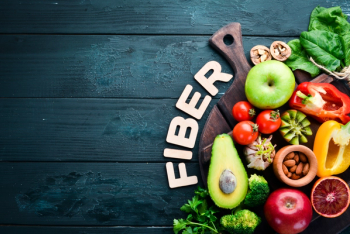
EFSA Reassesses Caramel Color Exposure
Caramels are first in line for EFSA's reassessment of 12 major food and beverage colorants.
EFSA (Parma, Italy) has released a 2012 report outlining
In 2011, EFSA adopted a scientific opinion on the safety of caramel colorants as food additives, with individual limits based on potentially toxic compounds. But because of concern that certain populations may exceed acceptable dietary intake (ADI) levels for these and other colorants, the EC in May 2012 called for priority reassessment of 12 major food colorants-starting with caramels used for browning of foods and beverages.
The agency’s new assessment covers caramel colorants E 150a, E 150c, and E 150d. (Because consumption levels for E 150b were below the ADI in EFSA’s 2011 investigation, this color was left out of the latest assessment.) In most cases, exposure to caramel color is now thought to be considerably lower than estimates expressed in 2011. However, exposure to E 150c, often used in toddler bakery wares and alcoholic beverages, may be too high in toddlers and adults with high intake.
A combined ADI limit for all four caramels is now set at 300 mg/kg of body weight daily, with a restrictive 100 mg/kg of body weight daily for 150c.
The new estimates are based on data provided by industry for the EFSA Comprehensive European Food Consumption Database. In order of priority, EFSA will next reassess exposure levels for curcumin (E 100), amaranth (E 123), and brown HT (E 155); azorubine/carmoisine (E 122), allura red AC (E 129), and brilliant black BN (E 151); and quinolone yellow (E 104), sunset yellow (E 110), and ponceau 4R (E 124).
Newsletter
From ingredient science to consumer trends, get the intel you need to stay competitive in the nutrition space—subscribe now to Nutritional Outlook.





